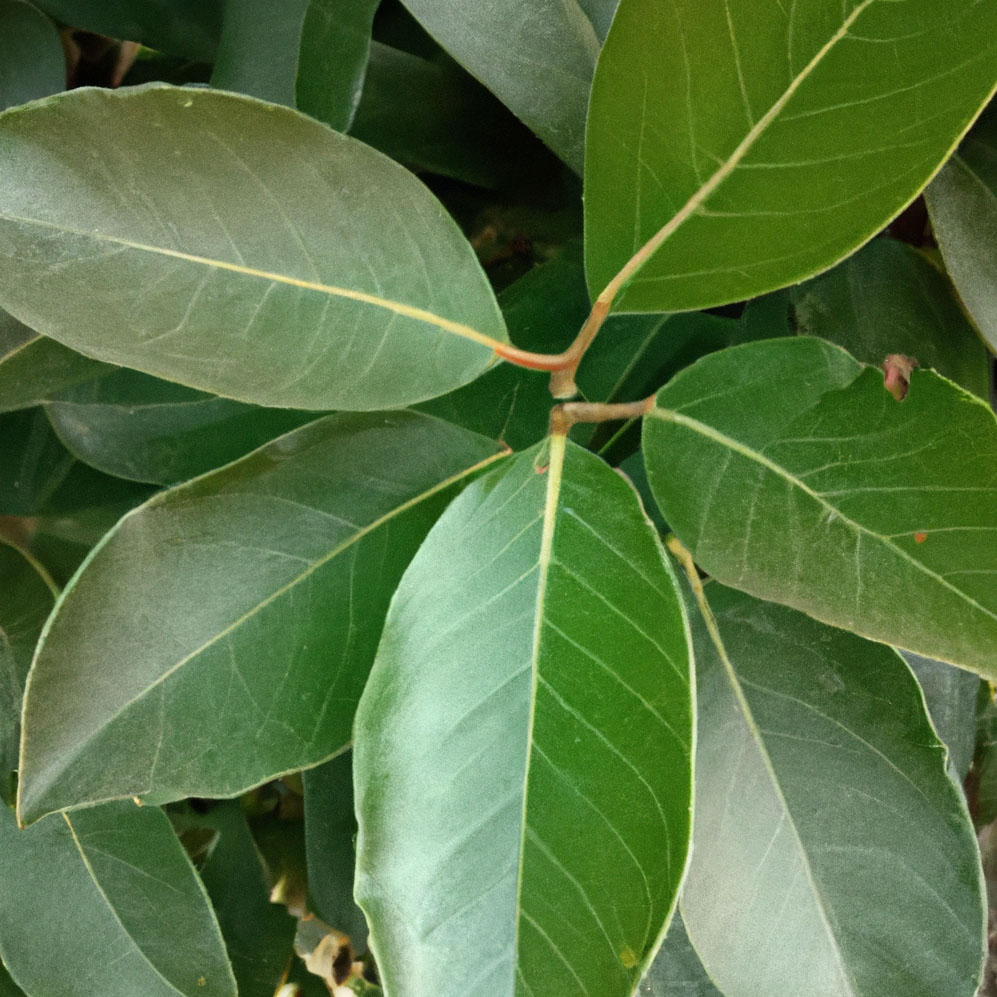Botanical Name: Cinnamomum tamala
Also Called: Tej pat, tej patta, Malabar leaf, Indian bark, Indian cassia, or malabathrum
Indian Bay Leaves are an integral spice in South Asian cooking. These leaves differ from Mediterranean bay leaves both in flavor and appearance. With their warm, cinnamon-like aroma and slightly sweet, clove-like undertones, they are prized for their ability to enhance the depth and richness of traditional dishes.
Indian Bay Leaves are larger and more elongated than their Mediterranean counterparts, with three distinct veins running down their length. Their color ranges from olive green to brown as they dry, emitting a distinctive aroma reminiscent of cinnamon bark. The flavor is milder than whole cinnamon but richer and more complex than standard bay leaves, with subtle hints of clove, nutmeg, and cardamom.
In Indian cuisine, Indian Bay Leaves are essential for creating the deep, layered flavors of curries, biryanis, and pulaos. They are often used whole, added to hot oil or ghee at the beginning of cooking to release their aromatic oils. Tej patta complements bold spices like cumin, coriander, and black pepper, enhancing the flavor profile of dishes without overpowering other ingredients.
Indian Bay Leaves are a key ingredient in garam masala, the spice blend that forms the backbone of many Indian dishes. They are also used in rich gravies, lentil stews like dal, and creamy kormas, providing a warm and aromatic foundation. In rice dishes, such as biryani or pilaf, they infuse the grains with a subtle sweetness and spice.
Beyond Indian cuisine, these leaves are used in Nepali, Bangladeshi, and Pakistani recipes. Their unique flavor works well in slow-cooked dishes and even savory Western stews or broths for a South Asian twist.

